Feral cat colonies in western Maine are on the rise, shelters are at or near capacity and the “cat problem” is just getting worse, according to several people in central and western Maine involved in animal rescue and shelter work.
Stephanie Mains, president of Cat Coalition of Western Maine in Harrison, said the issue of feral colonies and abandoned cats is the worst she has seen in the 14 years she’s been trapping, neutering and spaying, and releasing. Many of the colonies have needed frequent attention in recent years and in this year alone “the colonies have just exploded.”
“We always make sure we get the last cat to spay or neuter, but it’s because people either dump their cats off or they’re finding food from people feeding their own,” said Mains. “I’ve noticed many more calls this year than I think I’ve ever had.”
Mains’ Cat Coalition is one of four large trap-neuter-and-release organizations in Maine, including Community Cat Advocates, Friends of Feral Felines and Forgotten Felines of Maine. Though the Cat Coalition has helped thousands of cats across the state, the group now mostly serves Bridgton, Harrison, Otisfield, Norway, Casco and Oxford. The organization recently worked with Auburn animal control and community members to clear most of the cats from an overrun home there. The group holds spay and neuter clinics once a month in Harrison to help low-income owners.
There’s no telling how many cats are outside hiding in Androscoggin and Oxford counties, Mains said, guessing “thousands.”
Many of the solutions the state and towns have tried in the past do not work, she said. When feral colonies are broken up, other feral cats will move into the area and take over. Wherever people are, she said, cats will be there too, because of the food, shelter and relative safety people provide.
The simple solution? “Get your cats fixed,” said Becky McDonald, president of the River Valley Animal Advocates in Canton. Aside from population control, feral and outdoor cats are constantly fighting, males spraying and wreaking havoc for people and spreading diseases throughout the feline population potentially affecting domestic inside/outside cats.
“It’s endless for these poor ones out on the street,” McDonald said. “They haven’t got a chance. They’re bound to be pregnant, they don’t live as long as they could. We’ve done a lot of the trap, neuter, return, sending them back to where they’re living, where they learned to live and survive and thrive.”
Female cats can start reproducing at six months old, one to three times a year, and litters average between four and six kittens, though they can be as few as one kitten and as many as nine, according to rescuers and shelters. With a 50% mortality rate for kittens in the wild, a population of 25 female cats with a litter of five could still nearly triple their population. A third generation of kittens could increase that number to as many as 300 cats; a fourth generation could increase that number to over 1,000, all within a single year.
McDonald said colonies will drop in population if just 70% of females have been trapped, spayed and released, making the colony stronger, healthier and less of a nuisance to people. The River Valley group holds spay, neuter and shots clinics twice a month, usually, and at a fraction of full price, which is around $500. “We can do them for substantially less, let’s put it that way, and with vouchers they only have to pay $10.”
Despite the sadness of the thought, said Shirley Boyce, president of Responsible Pet Care in Paris, it’s a mercy that many kittens do not survive out in the wild after birth. Populations don’t rise so dramatically, but it still doesn’t address that the unabated procreation still makes a bad problem worse, she said.
Responsible Pet Care reported a census of 191 cats and 25 dogs available for adoption in a local Advertiser Democrat story Aug. 23. As of Tuesday, there were about 200 cats up for adoption, Boyce said. The organization cannot hold any more than that and larger shelters have been unable to help, she said.
Boyce said her group may have to start emptying its garage and even use volunteers’ personal property to house more cats awaiting adoption. The practice is unfortunately common among no-kill shelters, she said.
“RPC was no kill when nobody else was. It’s always been that way unless medically necessary,” Boyce said, adding that Maine prides itself on being a no-kill state. “But to go back that way now it would just be — I think it would shock people.”
Katie Lisnik, executive director at the Greater Androscoggin Humane Society, said her organization works with trap, neuter and release programs, and although everyone in the rescue and shelter world has their own lane, the work of trap, neuter and release programs is essential. Such programs will take on the feral cats and shelters will then do what they can to help provide spay and neuter services to the colonies those programs trap.
“Everybody has to do everything together so we can provide that safety net,” Lisnik said. “If Friends of Feral Felines knows they’re going to be trapping in a certain area, or if they’ve gotten a call from someone who’s got 20 cats that they can’t care for anymore, we will collaborate and figure out what the best approaches are together.”
Greater Androscoggin Humane Society currently has 164 cats or kittens in foster care and 112 at the shelter, said Lisnik. That’s not quite at capacity, but in the past several months, the organization has hovered around that limit leaving only enough room for emergency cases, she said.

Brittany Johnson brings Zelda and her seven kittens Friday to the Greater Androscoggin Humane Society for a quick checkup and deworming. Johnson is fostering the young family until the kittens are old enough to be weaned from the mother and adopted. This is the second pregnant mother cat she has fostered. The program is always looking for foster families to care for mother cats and kittens, who are frequently surrendered. Andree Kehn/Sun Journal
Lisnik said the top three things people can do to ease the burden on shelters is for owners of lost cats to start looking for their cats sooner than they do; to get their cats microchipped — a service Lisnik’s agency does for $20, a fraction of the actual cost; and to refrain from the knee-jerk reaction of bringing in cats suspected of being stray or abandoned.
“If it’s looking in good health, doesn’t look sick or injured and it’s just hanging around, more than likely that cat’s owned by someone in your neighborhood,” Lisnik said. “The last thing we want is to bring in yet another kitty that …. no one comes to claim immediately, and then we find another home for them. It’s a bad loop to be caught in.”
A lack of resources like veterinarians and spay and neuter services is a big part of the problem, said all four women. Lisnik said many of the cats her organization takes on is due to housing and economic constraints. Many landlords no longer allow pets, and if they do they price people out with pet fees.
Boyce said those who can have pets should step up and adopt rather than seek out kittens over places like Facebook Marketplace. “We need more people to adopt, more vets, more services, affordable services, and it all has to happen at once,” she said. “The quicker it happens, the easier it’s going to be.”
Mains, with the Cat Coalition of Western Maine, said accountability is a huge factor in prevention. When animal control officers respond to complaints about animal abuse — specifically with cats — arrests and fines almost never happen, she said. When ACOs respond to huge populations, they often don’t know or otherwise direct people to resources like her group.
“There are some good ACOs out there who do their best, but their hands are tied because the (district attorneys) don’t want to deal with it …. (They’ve) got to start making an example out of somebody and start fining people and use the money to get these cats spayed and neutered.”
Another factor: Indoor cats left behind by tenants are often released into the outdoors, which can be dangerous for them. And if they have not been spayed or neutered, it can add to the growing problem of feral colonies. Mains said people need to be fined for leaving their cats or releasing them into the wild. When it’s the landlords who are dumping cats in the outdoors or on to other people, they need to be fined as well, she said.
“Maybe people will stand up and take notice of that,” Mains said. “But it has to … start at the state level, down to lobbying the courts, the judge. Let the ACOs do it. Give them more power. … I think it would be easy, but nobody wants to do it. … It’s the not trying that’s what’s bothersome. It’s the not trying.”
Maine Department of Agriculture, Conservation and Forestry’s Animal Welfare program claims little control over the problem. Department spokesman Jim Britt said that while Animal Welfare works closely with local law enforcement agencies and district attorneys to make sure people see the consequences for those crimes, ACOs are bound to the policies of their individual municipalities.
“We are not involved in those decisions,” said Britt. “But … we are dedicated to and actively working to improve communication and collaboration between ACOs and local organizations that can provide support.”
Animal Welfare values the work that trap, neuter and release programs do, even if there are differing opinions on the practice’s effectiveness, Britt said. While trap, neuter and release makes a lot of sense, he said, addressing the overall problem of feral colonies is a challenge requiring legislation and substantial grant-funding availability. Progress, in the meantime, will be made by addressing colonies individually.
“Shelter teams across Maine do the incredibly hard work every day of caring for animals,” Britt said. “We understand they are experiencing increased demand and housing, and they are experts at managing their capacity.”

These kittens were among a litter surrendered at the Greater Androscoggin Humane Society. The kittens and mother were sent to live with a foster parent until they are old enough to be weaned and adopted. Andree Kehn/Sun Journal
Tasked with overseeing and regulating animal welfare throughout the state, DACF collaborates with organizations and supports initiatives that often include trap, neuter and release programs, Britt said, however the only funds DACF can allocate are through its Help Fix ME program.
Help Fix ME makes funding available to people with low incomes for spaying or neutering their pets. Eligibility for funds includes applicants’ eligibility for other programs like Supplemental Nutrition Assistance Program, Temporary Assistance for Needy Families, supplemental Social Security income and Social Security disability.
Leaders of trap, neuter and release programs find Help Fix ME problematic because it only addresses the needs of domestic cats and leaves out the potentially thousands of cats across the state going without help, Mains said.
“My issue is really with the state of Maine,” Mains said. “They’ve got to get a grip on this and really need to listen to us, the boots on the ground, but they just don’t want to listen.”
Send questions/comments to the editors.


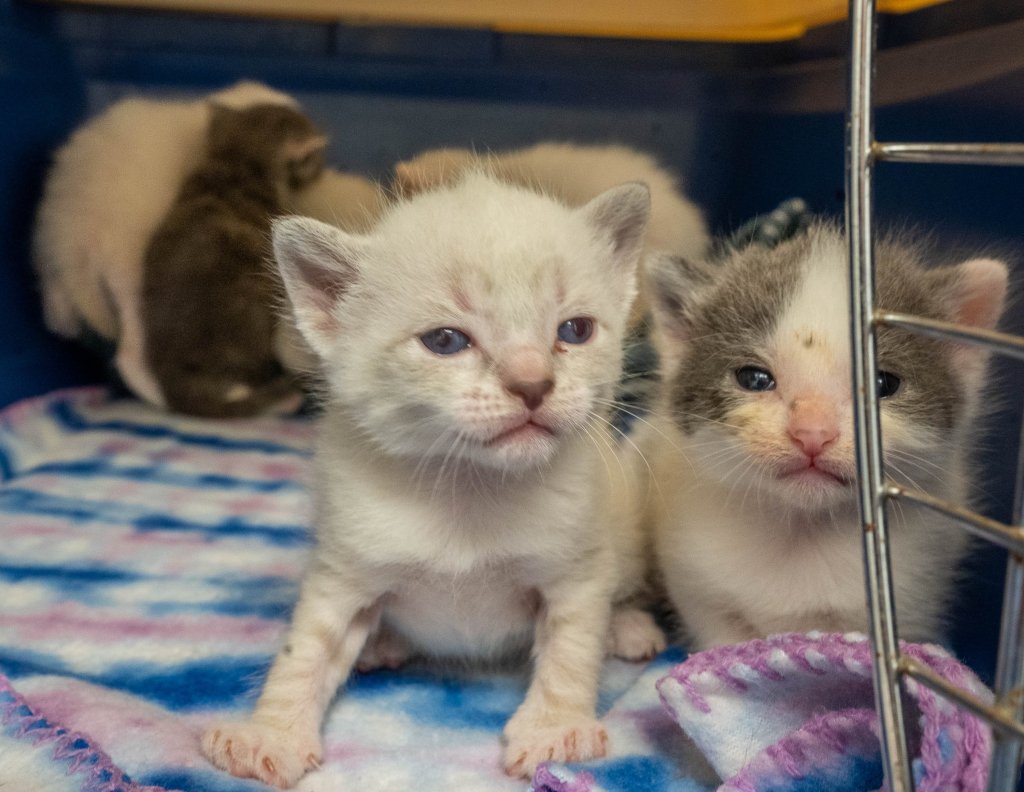
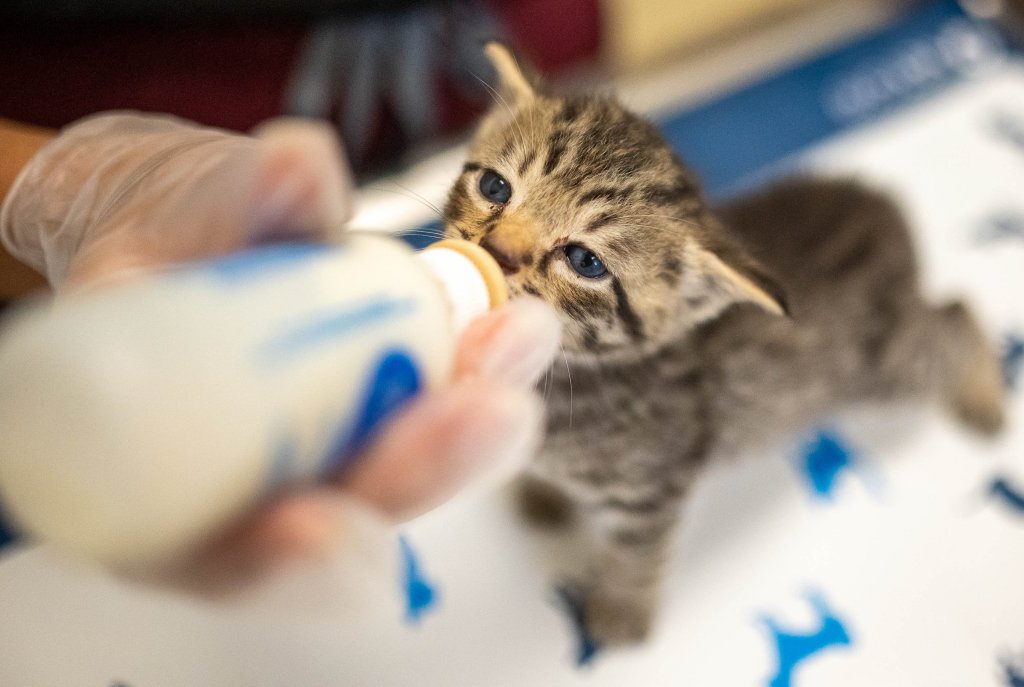
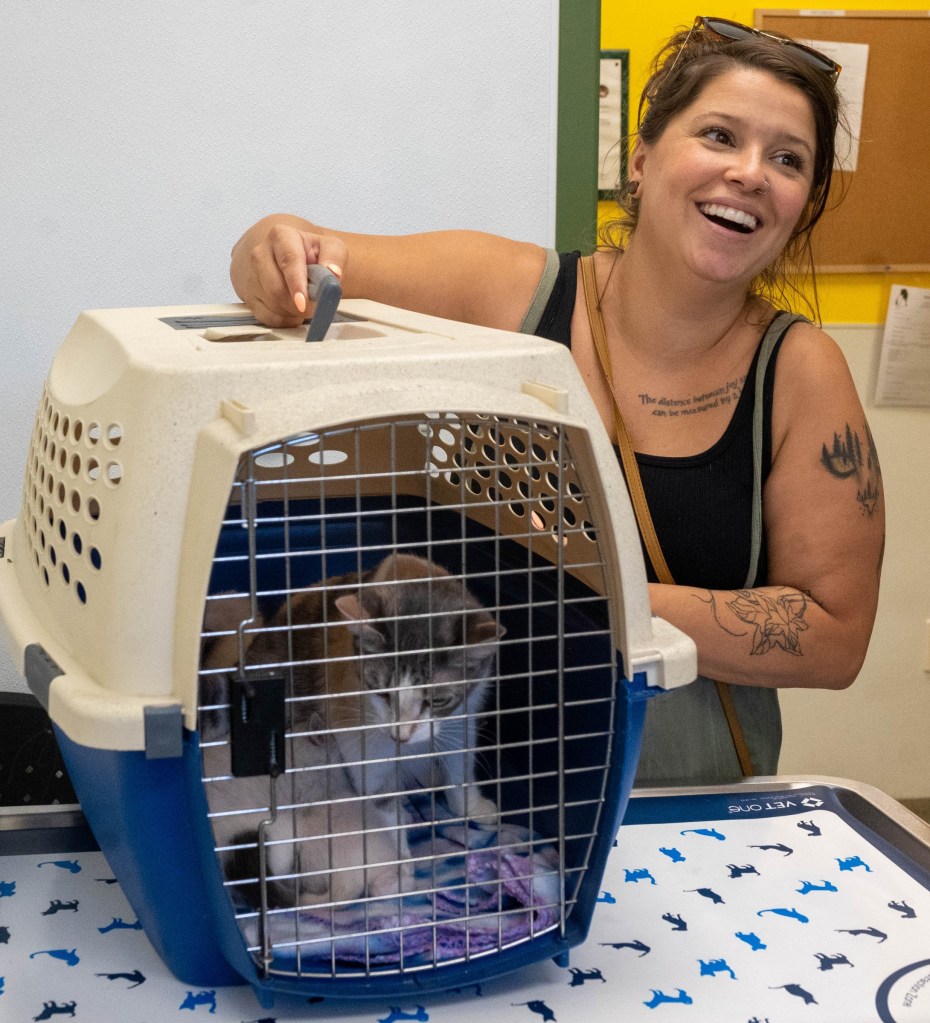
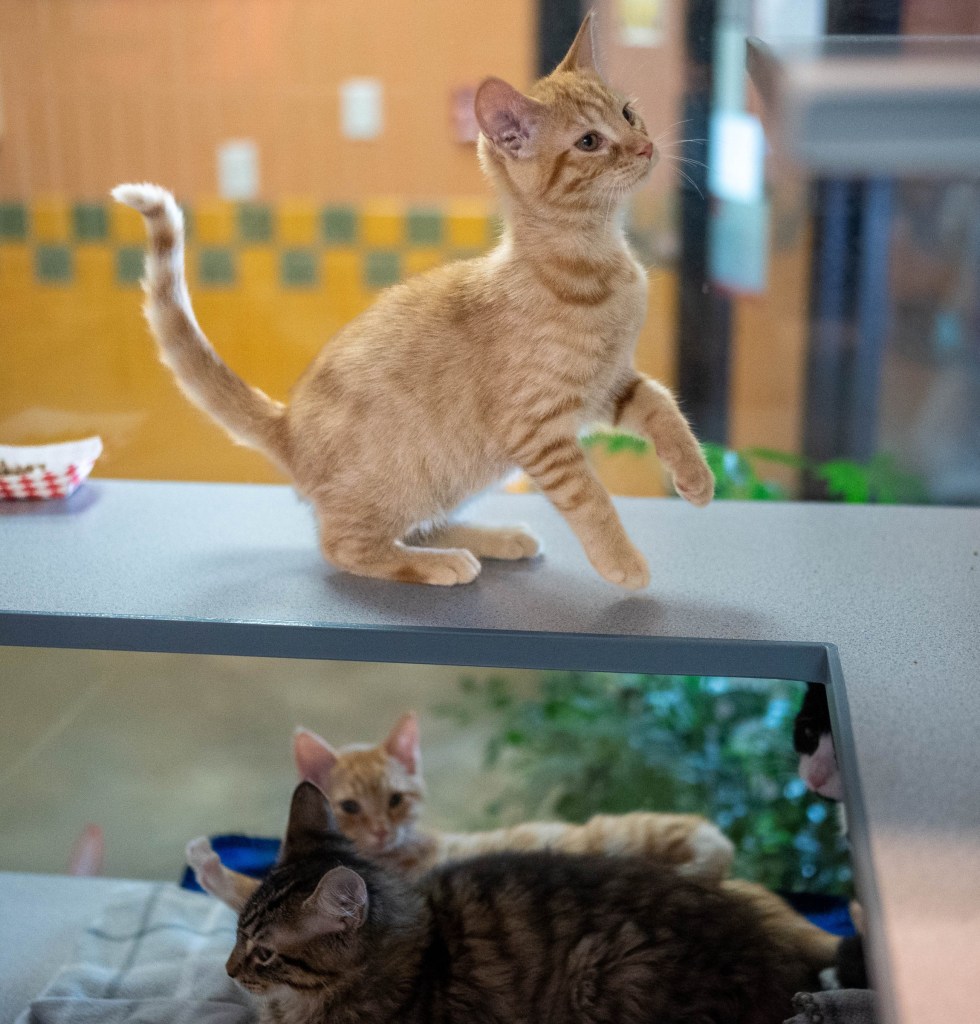
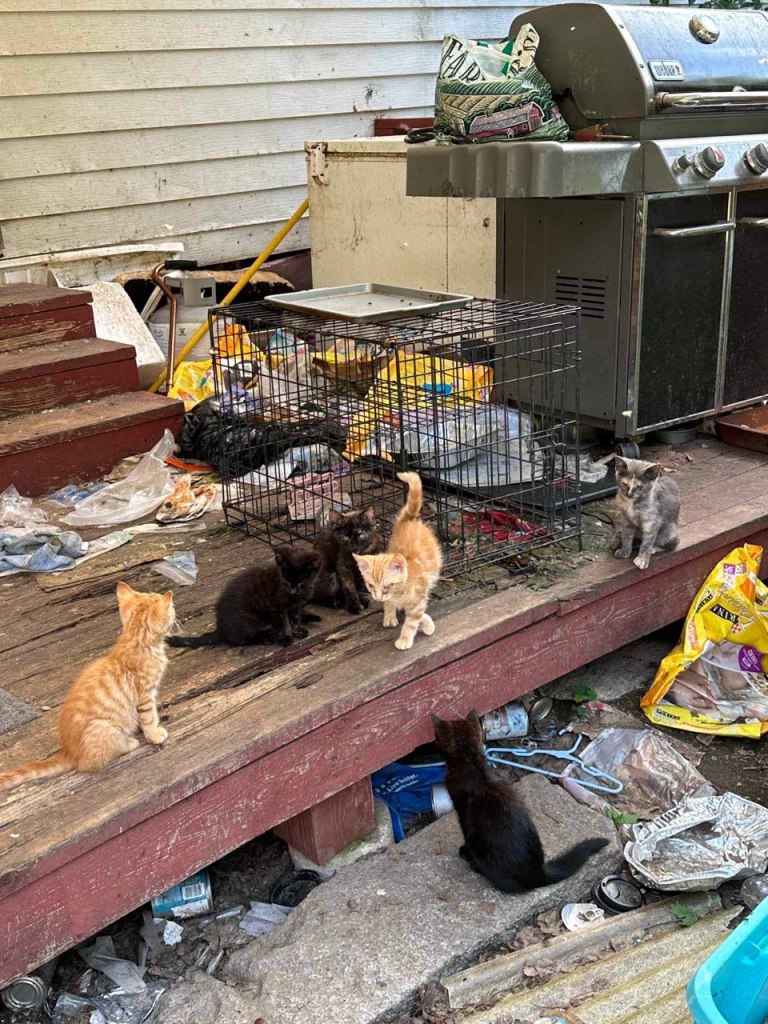
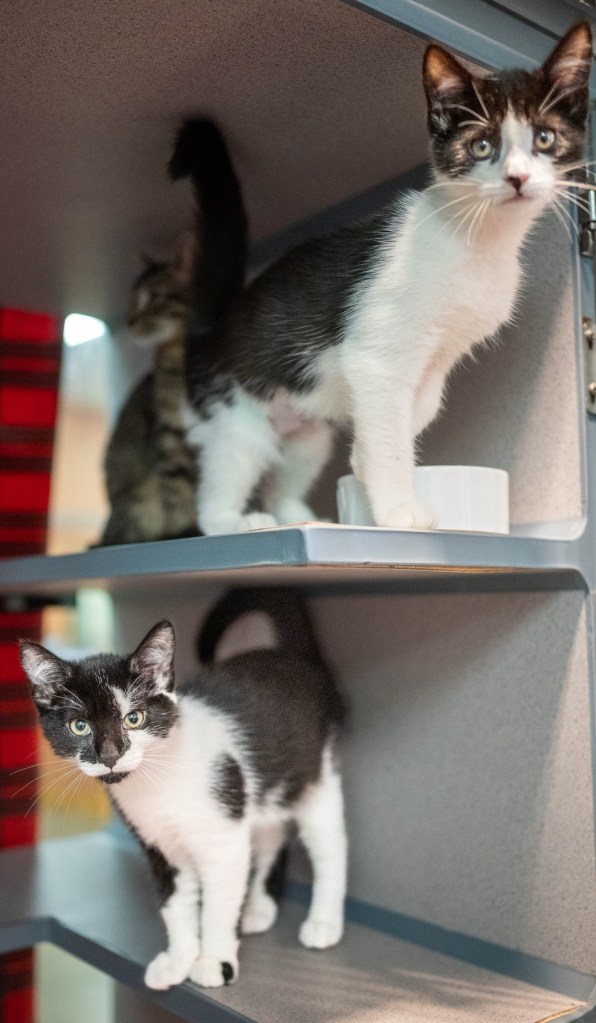
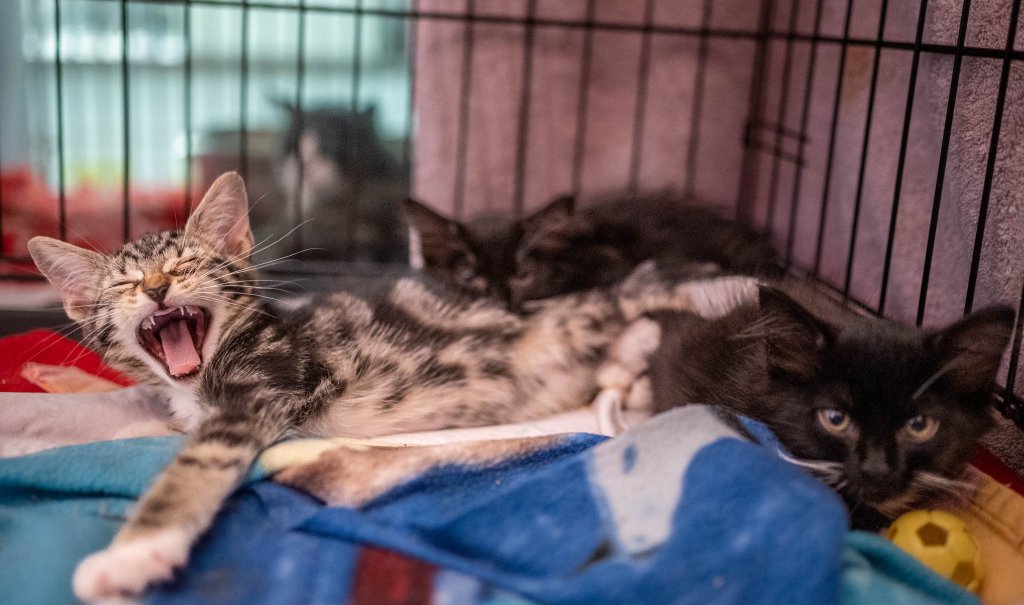
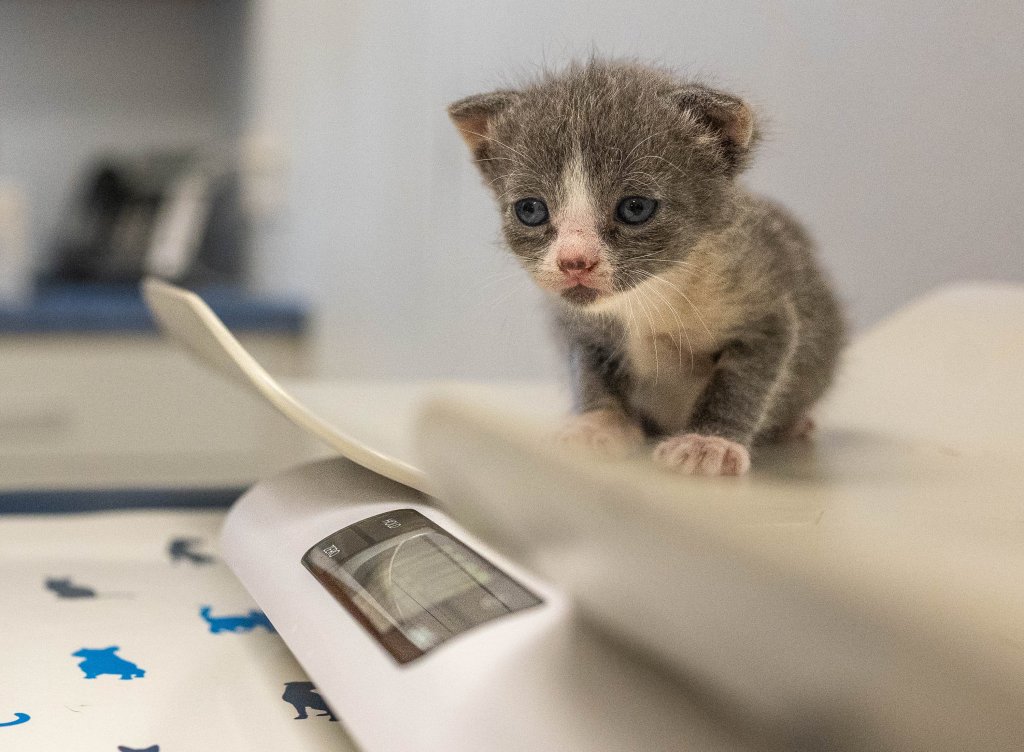
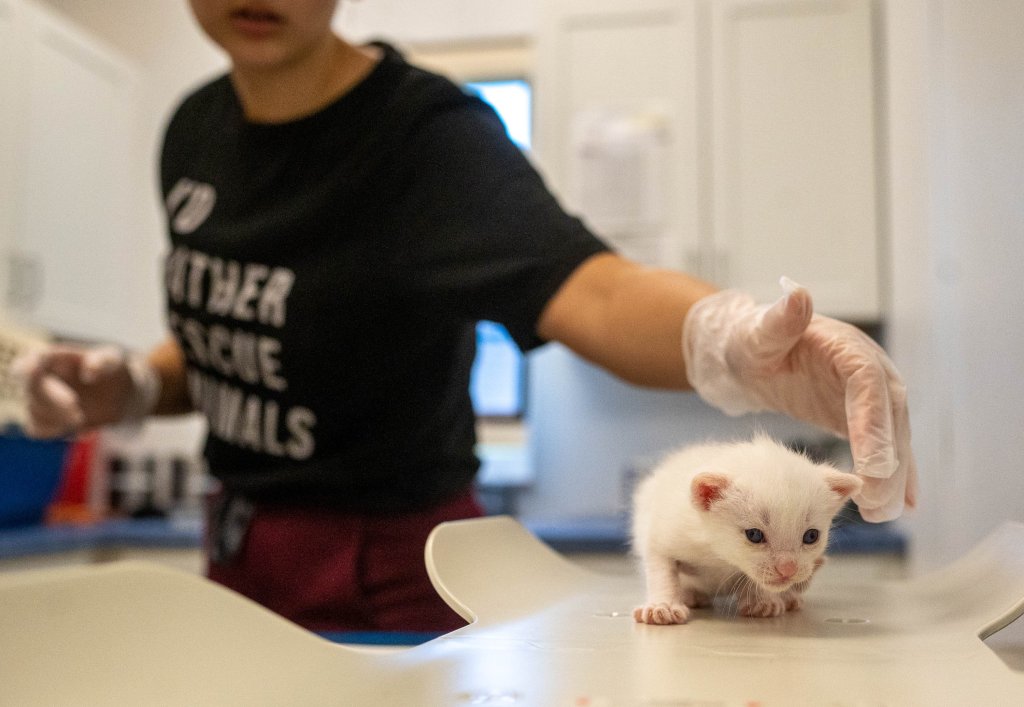
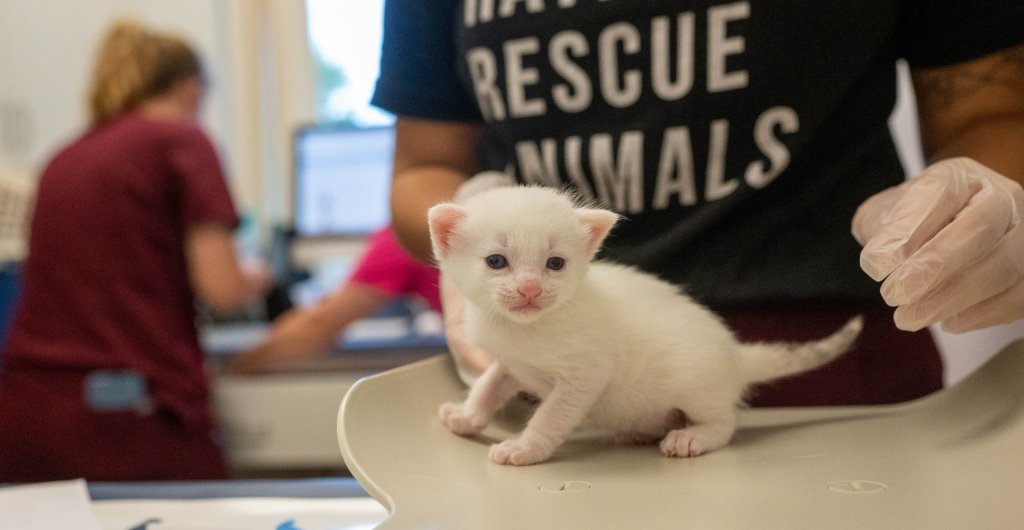
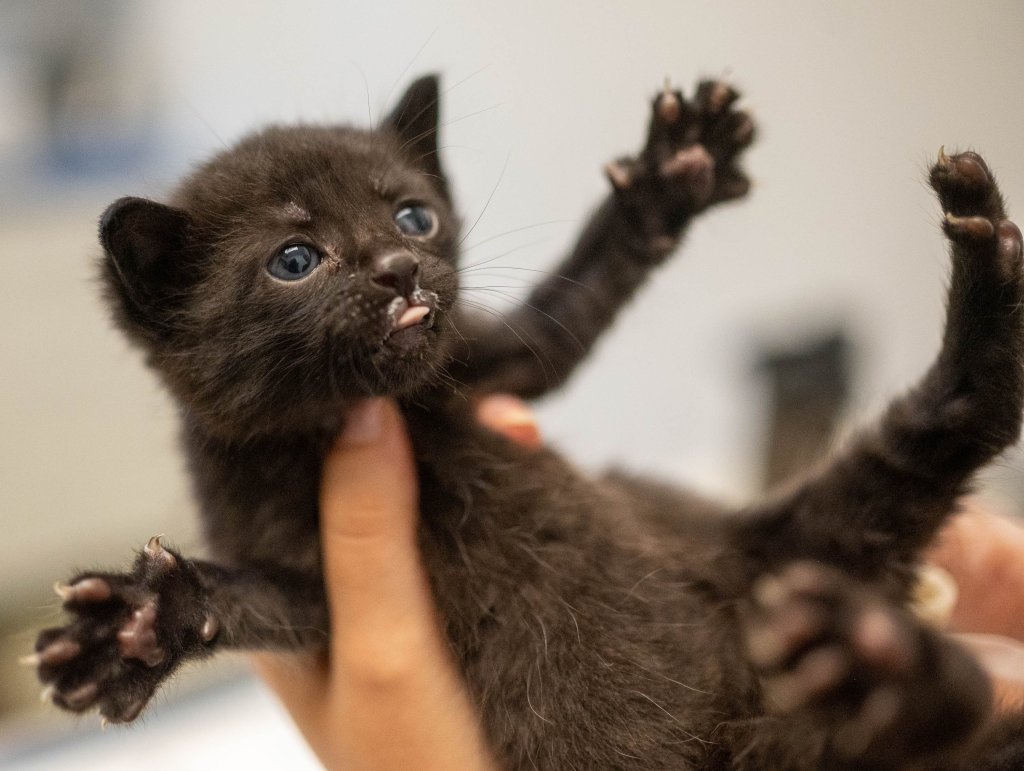
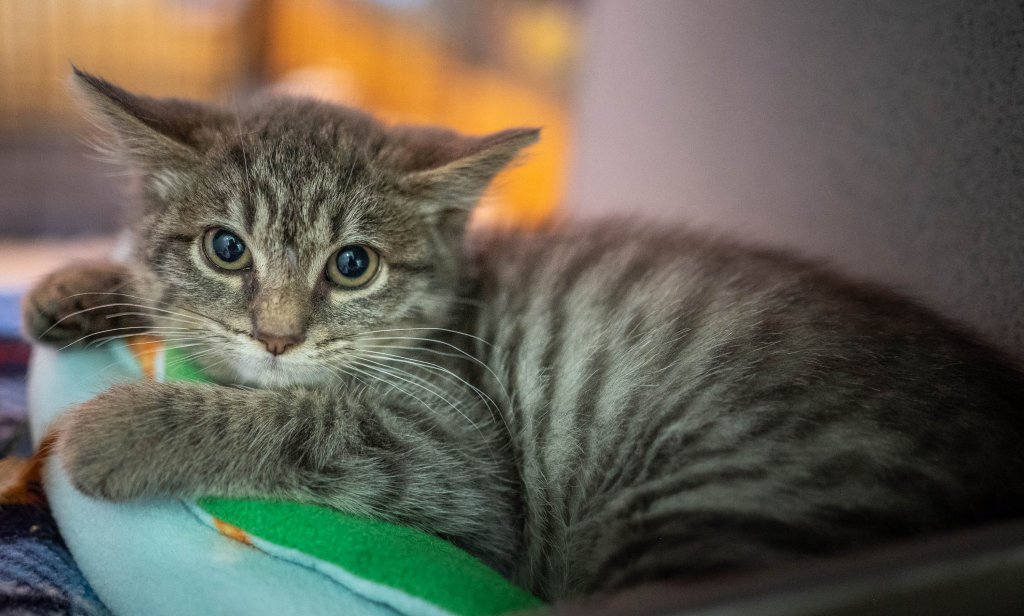
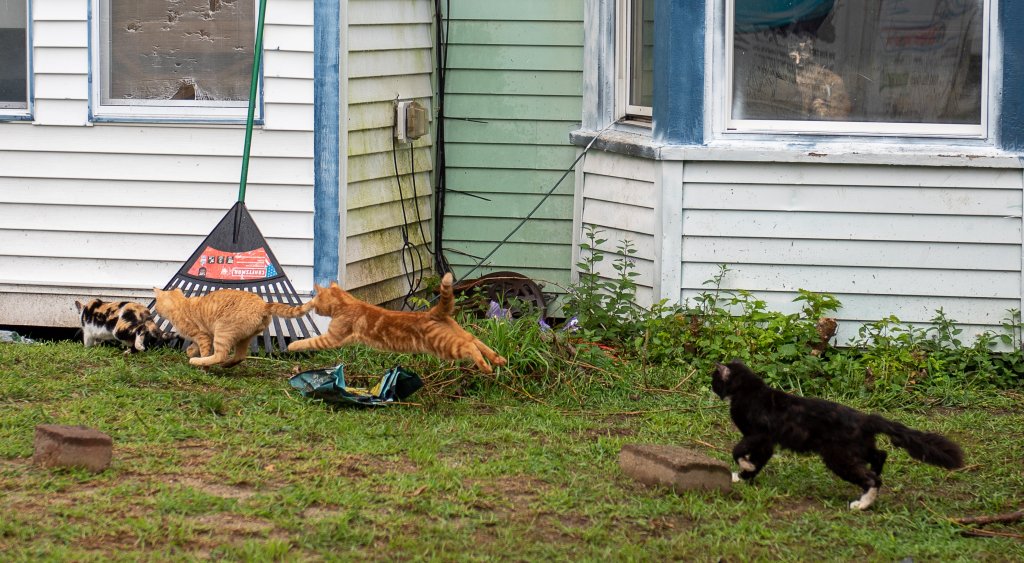
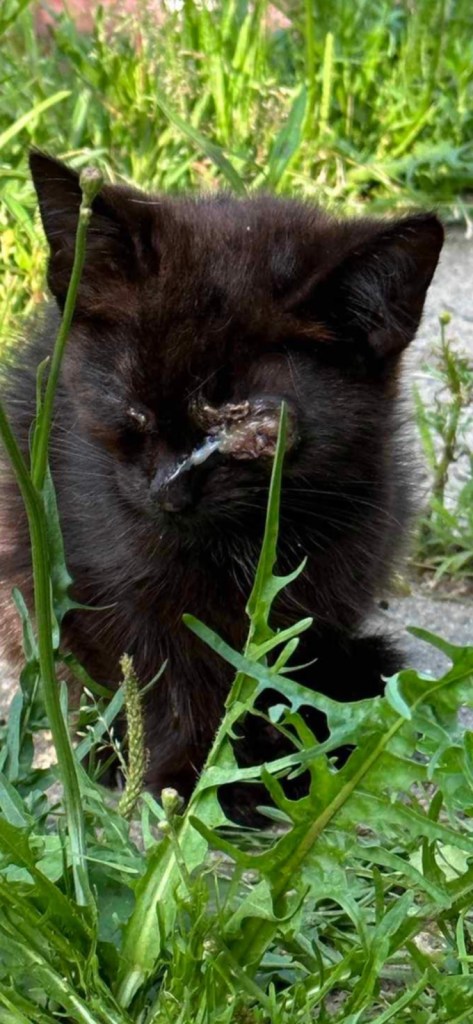

Comments are no longer available on this story